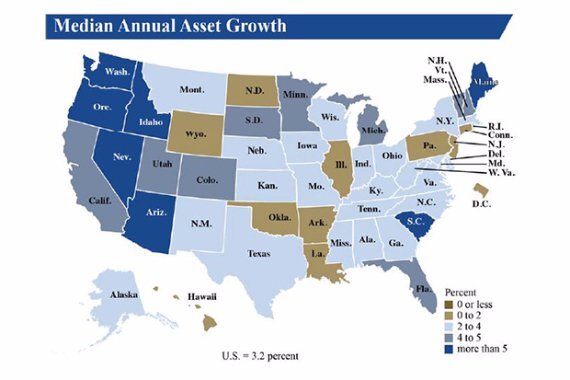

















































Ninety banks made American Banker's annual Best Banks to Work For ranking, which is now in its 13th year. Find out why the banks ranked 21st to 90th stand out.
American Banker's 2025 Best Banks to Work For ranking includes perennial winners and several newcomers. Here's how the leaders of the top 20 banks keep their employees happy.
The Missouri-based community bank secured the top spot on American Banker's 2025 Best Banks to Work For list. Its mission and business strategy is all about love, executives say.
The credit reporting bureau released a new model that combines traditional and alternative credit history with cashflow data into a single score lenders can use for underwriting decisions.
The company appears to be the first nationally chartered bank to offer crypto trading and traditional banking in the same app.
The House is slated to vote on a resolution to fund the government Wednesday morning, setting off the resumption of programs that are important — particularly for the smallest banks.